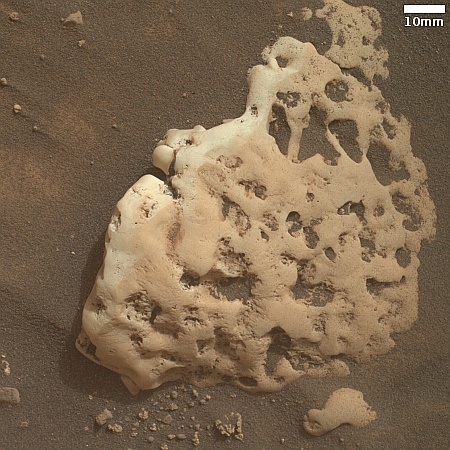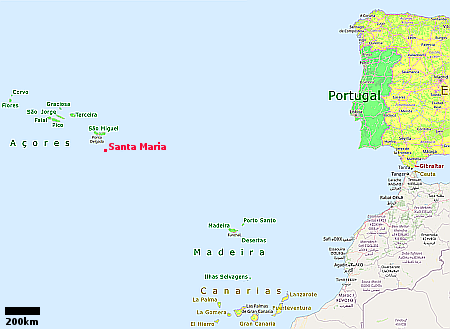Viewing Comet Tsuchinshan-ATLAS
While the newly discovered Comet Tsuchinshan-ATLAS in the past week reached naked eye visibility in the dawn sky, in the next few weeks it will shift into the evening sky on October 11, 2024 while brightening to peak levels.
Although Comet Tsuchinshan-ATLAS will be visible in both hemispheres, the northern one is favored because the comet tracks north. Also, sunsets are getting earlier and twilights shorter, while the opposite is happening in southern latitudes.
Observers should be aware that the Moon will interfere for several nights, from about Oct. 15-20 (full Moon is on Oct. 17th), around the same time the comet climbs out of twilight.
As it begins to fade, the comet will be visible at an increasing height above the horizon each night through the end of October. At its brightest it is expected to be one of the brightest objects in the sky.
While the newly discovered Comet Tsuchinshan-ATLAS in the past week reached naked eye visibility in the dawn sky, in the next few weeks it will shift into the evening sky on October 11, 2024 while brightening to peak levels.
Although Comet Tsuchinshan-ATLAS will be visible in both hemispheres, the northern one is favored because the comet tracks north. Also, sunsets are getting earlier and twilights shorter, while the opposite is happening in southern latitudes.
Observers should be aware that the Moon will interfere for several nights, from about Oct. 15-20 (full Moon is on Oct. 17th), around the same time the comet climbs out of twilight.
As it begins to fade, the comet will be visible at an increasing height above the horizon each night through the end of October. At its brightest it is expected to be one of the brightest objects in the sky.










